Archives
- 2025-12
- 2025-11
- 2025-10
- 2025-09
- 2025-04
- 2025-03
- 2025-02
- 2025-01
- 2024-12
- 2024-11
- 2024-10
- 2024-09
- 2024-08
- 2024-07
- 2024-06
- 2024-05
- 2024-04
- 2024-03
- 2024-02
- 2024-01
- 2023-12
- 2023-11
- 2023-10
- 2023-09
- 2023-08
- 2023-06
- 2023-05
- 2023-04
- 2023-03
- 2023-02
- 2023-01
- 2022-12
- 2022-11
- 2022-10
- 2022-09
- 2022-08
- 2022-07
- 2022-06
- 2022-05
- 2022-04
- 2022-03
- 2022-02
- 2022-01
- 2021-12
- 2021-11
- 2021-10
- 2021-09
- 2021-08
- 2021-07
- 2021-06
- 2021-05
- 2021-04
- 2021-03
- 2021-02
- 2021-01
- 2020-12
- 2020-11
- 2020-10
- 2020-09
- 2020-08
- 2020-07
- 2020-06
- 2020-05
- 2020-04
- 2020-03
- 2020-02
- 2020-01
- 2019-12
- 2019-11
- 2019-10
- 2019-09
- 2019-08
- 2019-07
- 2019-06
- 2019-05
- 2019-04
- 2018-11
- 2018-10
- 2018-07
-
br Results The RAS MEK ERK pathway is
2022-08-04
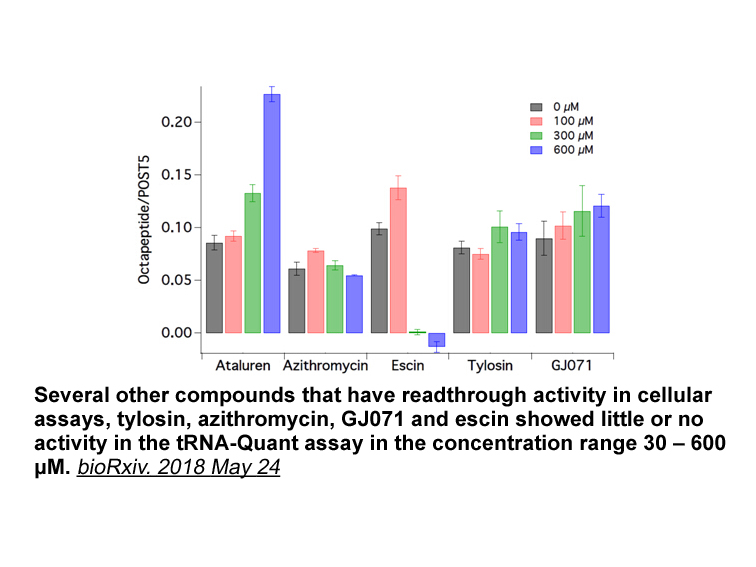
Results The RAS/MEK/ERK pathway is a potential target of FGFR signaling. Indicative for its activation is the presence of double phosphorylated (activated) ERK (dpERK), which is generated in a series of phosphorylation events downstream of FGFR (op. cit. (Lemmon and Schlessinger, 2010)). Followin
-
br Conclusion br Conflict of interest br Acknowledgements br
2022-08-04
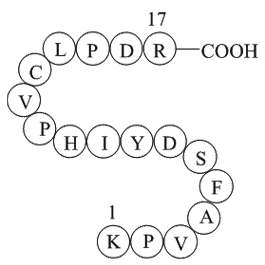
Conclusion Conflict of interest Acknowledgements Introduction The brain contains abundant fatty acids, which serve as constituents of membranes and as an energy source. In addition, fatty acids and their metabolites contribute to signal transduction between neurons or neurons and glial c
-
We notice that previous reports
2022-08-04
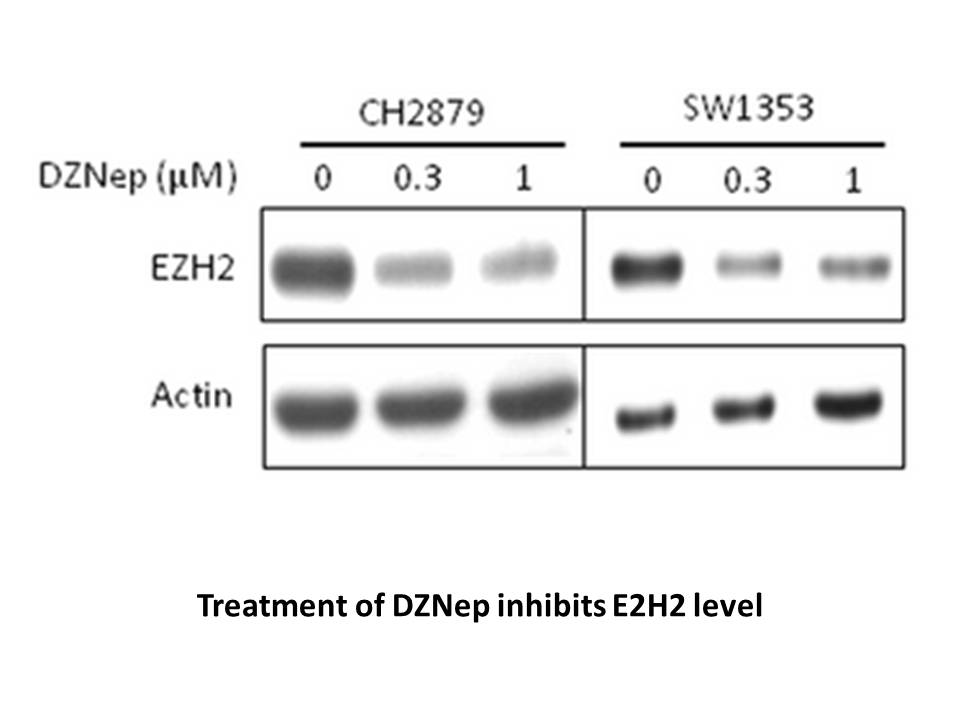
We notice that previous reports of arsenic exposure are not completely consistent with each other, in terms of exposure-changed histone acetylations. In an early investigation, As exposure (7.5 μM) of HepG2 ARM1 synthesis increased H3K9ac after 24 h, when analyzed by methods of immunofluorescence a
-
Hippo pathway proteins could synergistically regulate
2022-08-04
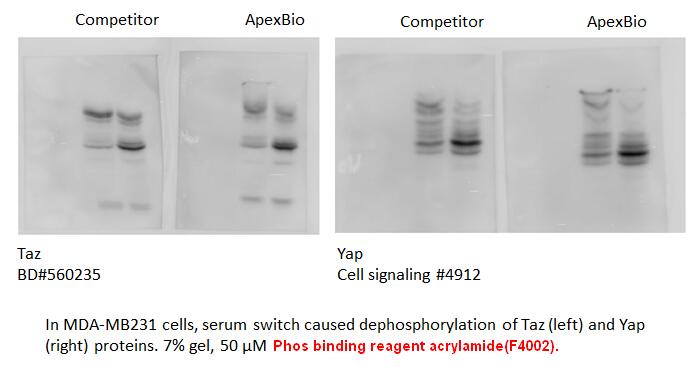
Hippo pathway proteins could synergistically regulate germ cell development with some specific receptors. Kassab et al. [27] found that epidermal growth factor (EGF) receptor was localized in testicular germ IFN-gamma, murine recombinant and played important roles in bovine spermatogenesis. Likewis
-
Metallothioneins MTs that are intracellular proteins respons
2022-08-04

Metallothioneins (MTs) that are intracellular proteins responsible for the maintenance of metal homeostasis are involved in arsenic toxicity (Kita et al., 2006). Four major MT isoforms have been reported so far, MT1, MT2A, MT3 and MT4. The synthesis of MT1 and MT2A isoforms in mammal cells can be in
-
As indicated by the wide variety of pharmaceuticals for
2022-08-04

As indicated by the wide variety of pharmaceuticals for IOP management (Table 1), each case of glaucoma is unique and requires a unique treatment regimen to effectively lower IOP. This often results in patients utilizing several medications at once and/or combining medications with surgical interven
-
RTA-408 Thus one of the aim
2022-08-04

Thus, one of the aim of the work was to link the phytotoxic effect of m-Tyr on root growth of tomato seedlings to modification of RNS level and tissue distribution accompanied by determination of 3-NT content. Due to the role of GSNOR, which is suggested to be a key element in the interplay between
-
In this study we describe the role of a
2022-08-04

In this study, we describe the role of a specific species of LPI in the secretion of GLP-1 from enteroendocrine L-cells and primary cell preparations. We further demonstrate the specific role of GPR119 in LPI-dependent GLP-1 secretion. To achieve this, we downregulated GPR119 and GPR55 protein expre
-
In the present study we aimed to investigate the
2022-08-04
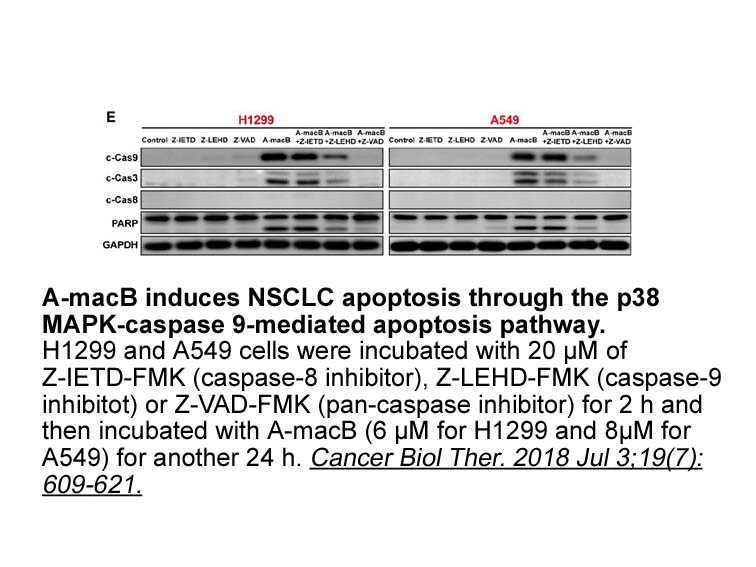
In the present study, we aimed to investigate the effect of a common dairy and beef genetic background on the mRNA BIBR 953 of the AdipoQ system and GPR109A in different adipose depots and liver. Materials and Methods Results Comparing fat masses between families (fat-type vs. lean-type cows
-
In breeding season small mammals increase dispersal
2022-08-04

In breeding season, small mammals increase dispersal and social communication to maximize their opportunity to mate. In the present study, we found that gerbils in April showed more locomotion and exploratory behavior in the open field test. Moreover, subadult gerbils in April and July were more lik
-
Here we report the first attempts to assess roles of
2022-08-04
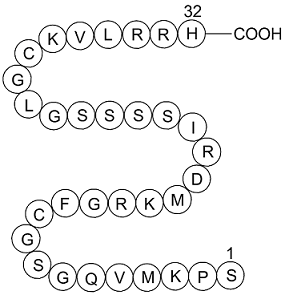
Here we report the first attempts to assess roles of NTs and ABC transporters in transfer of ribavirin across the placental barrier using human placental villous fragments and microvillous plasma membrane (MVM) vesicles, in situ dually perfused rat term placenta, and cell-based models. Materials
-
ulixertinib sale ATP is essential for maintaining
2022-08-03
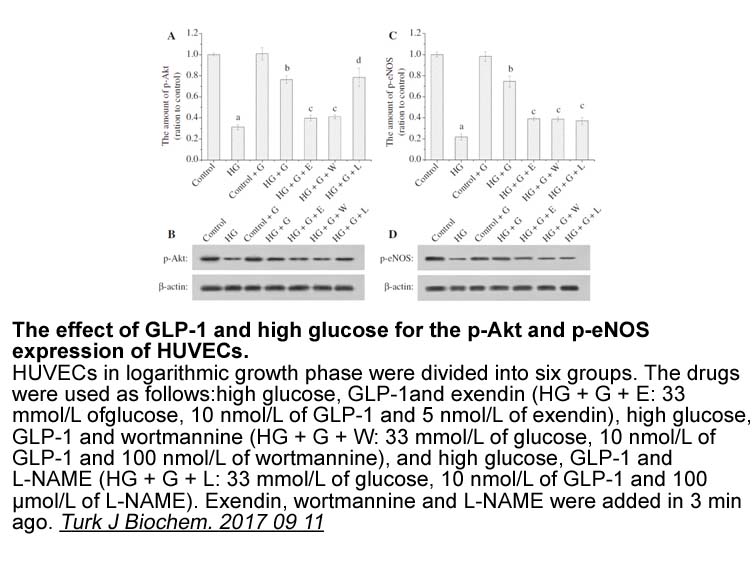
ATP is essential for maintaining the ionic balance of the lens (Michael and Bron, 2011). Without sufficient ATP there is an ionic imbalance due to Na+K+ATPase dysfunction. Previous studies have shown that rabbit lenses incubated ex vivo without glucose rapidly lost ATP in their lens epithelium and f
-
Methylpiperidino pyrazole Next we focused on B part
2022-08-03
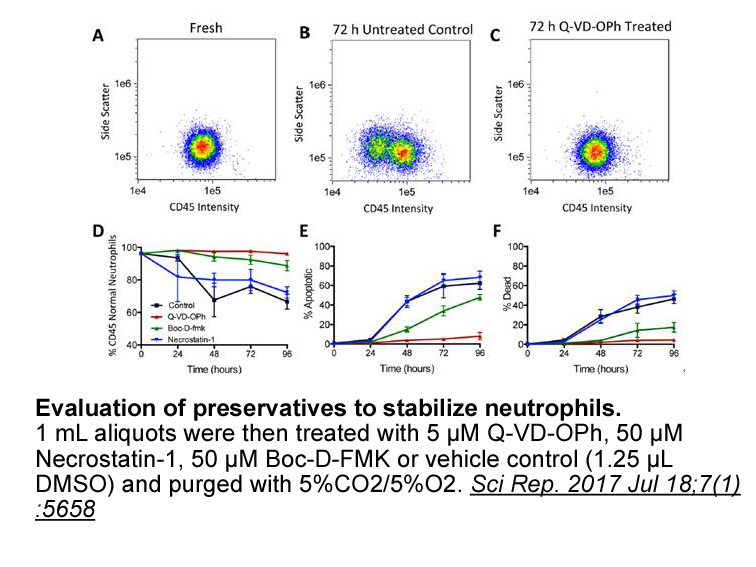
Next, we focused on B-part, the phthalazine ring. While both nitrogen atoms of the phthalazine ring were found to be important (data not shown), replacing the benzene ring of the phthalazine part was attempted, and shows the results of the substituted pyridazine rings with bearing 2-methoxy benzene
-
br Acknowledgments This work was
2022-08-03
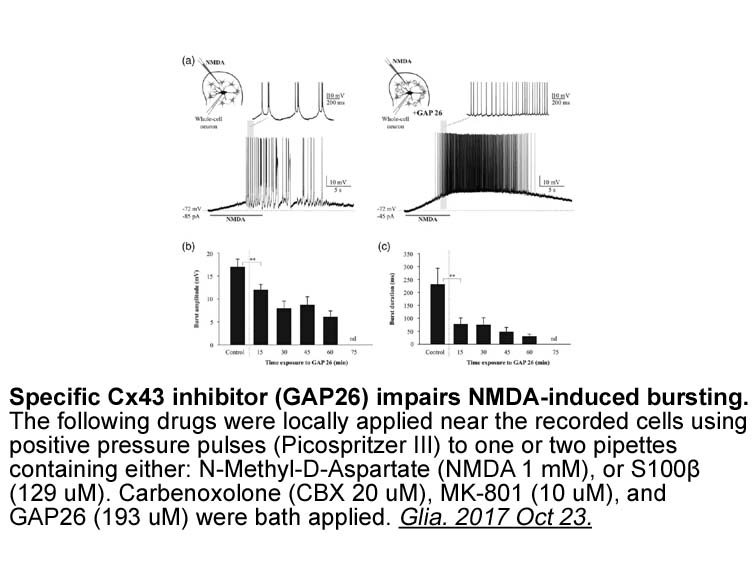
Acknowledgments This work was supported by a grant CIHR-NSFC China-Canada Joint Health Research from the National Science Foundation of China (Grant Number 81061120525) and the Canadian Institutes for Health Research (Grant number CCI-109605). The authors thank two anonymous reviewers for helpful
-
Rare mutations can impair the molecular
2022-08-03
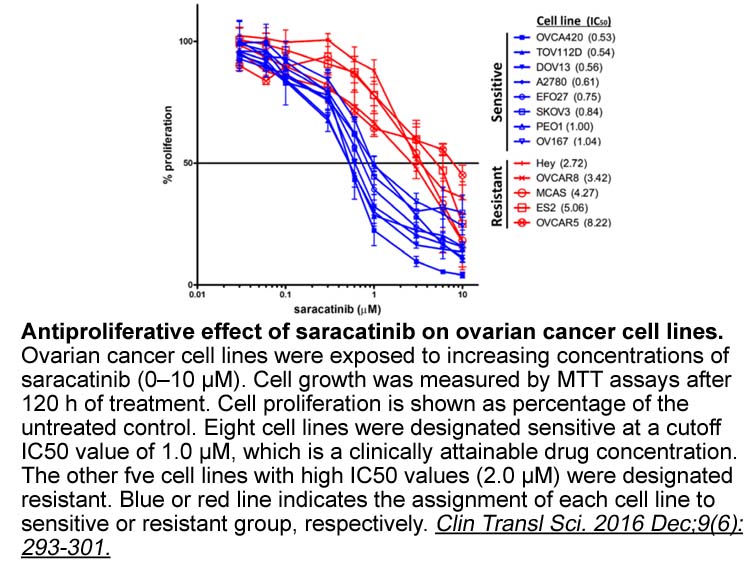
Rare mutations can impair the molecular function of GR and alter tissue sensitivity to GCs in humans, resulting in primary generalized GC resistance (PGGR) and hypersensitivity (PGGH) [14]. Familial and sporadic PGGR, or Chrousos Syndrome, is characterized by general and partial insensitivity of tis
15697 records 377/1047 page Previous Next First page 上5页 376377378379380 下5页 Last page